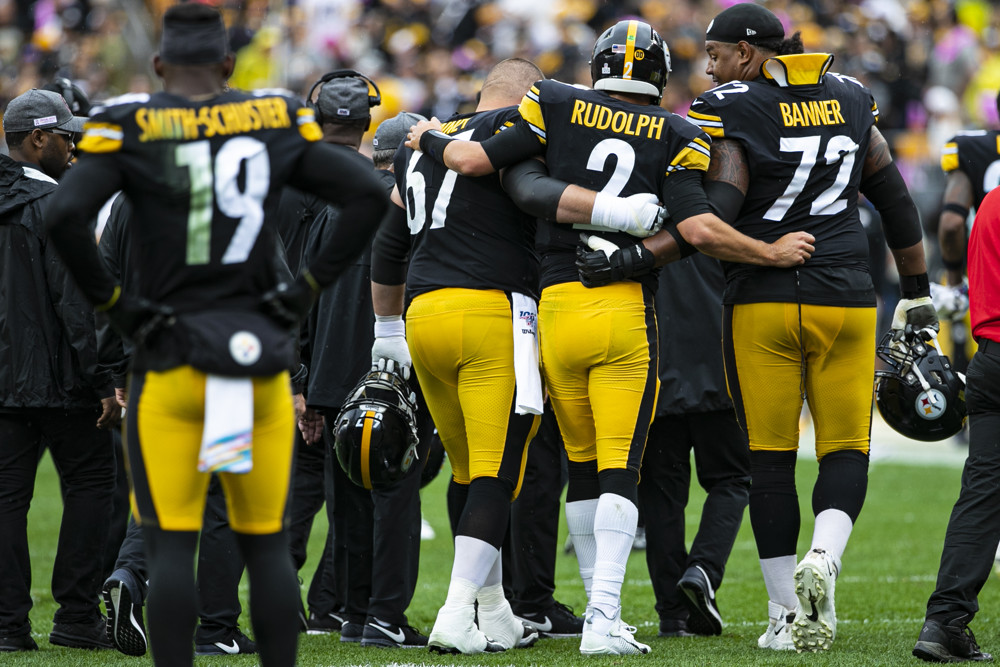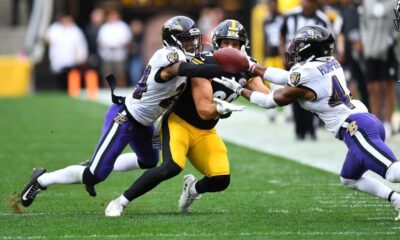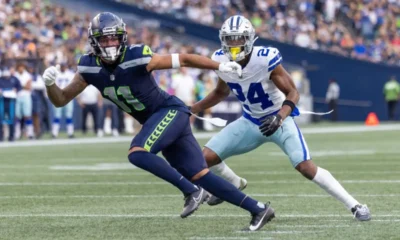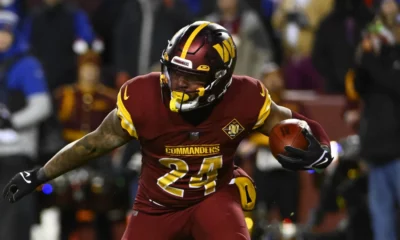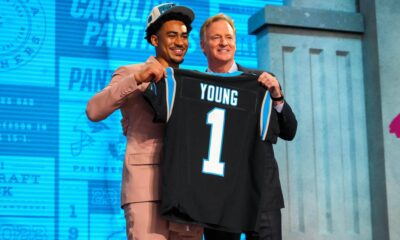For the past couple of years, the NFL has been working on innovative ways to protects players’ heads during games. The league has spent millions of dollars on research into new helmets that would provide better padding and insulation from the jolting hits that are common on the turf, hoping that the result would be fewer concussions and greater resistance to brain injuries.
It seems like all that money have been spent for nothing if statistics from this past preseason are correct.
According to official league data released Tuesday, concussions increased by a massive 44 percent during the preseason compared to 2018. There were a total of 49 reported this year, while there were only 34 last year. As has typically been the case, the concussions stemmed from helmet-to-helmet hits.

100% Bonus up to $1,000 + $25 Token
T&C APPLY | NJ, MI ONLY Join Now
100% Bonus up to $1,000 + $25 Token
T&C APPLY | PA ONLY Join Now
$1000 Risk Free Bet
T&C APPLY | NJ, PA, IN, CO, NJ, MI, IA, LA, MS, OH ONLY Join NowThe majority of the victims – two-thirds – were players who were either rookies or who ended up not making teams’ final rosters. The correlation was attributed to those players not having a full understanding of league rules, but there would have been a similar situation last year, so that argument doesn’t exactly hold up.
Dr. Allen Sills, the chief medical officer for the NFL, explains, “The number went up even with the rule changes the league has made over the past few years. So we know there is more work to be done there.”
The findings are going to prove to be particularly vital after the 2020 season. The collective bargaining agreement is coming up for renewal and players will almost certainly use these revelations to their advantage. While some owners have been pushing for a longer regular season or post season, players’ health is going to give the NFL Players Association (NFLPA) a huge bargaining chip during negotiations.
If there were any bright point from the recent findings, it would be in what was seen during training camps. According to the NFL’s study, concussions during training camp were reduced by one-third from last year, dropping from 45 to 30, as the league has worked to improve safety and eliminated the Oklahoma drill, the practice of essentially having two players barrel down against each other at full speed until one falls to the ground.
“That’s obviously something we’re pleased about and that I’m optimistic about,” Stills said. “There’s no doubt that the league’s prohibition of certain practice drills were a part of that, but another part was the focus that the teams themselves had on this issue. We did a lot of phone calls and in-person meetings and presentations to make coaches, players, position coaches, team presidents and owners all aware of that issue.”

100% Bonus up to $1,000 + $25 Token
T&C APPLY | NJ, MI ONLY Join Now
100% Bonus up to $1,000 + $25 Token
T&C APPLY | PA ONLY Join Now
$1000 Risk Free Bet
T&C APPLY | NJ, PA, IN, CO, NJ, MI, IA, LA, MS, OH ONLY Join NowSills shouldn’t be too pleased. According to the league, 99% of the players are now wearing helmets that have received a “green” rating in evaluations conducted by the NFL and the NFLPA. This is the highest rating given to helmets and means that they conform to the new guidelines issued in the 2017 season. If that many players are using green helmets and the number of concussions has increased, there is obviously still an issue that hasn’t been properly addressed. In 2017, only 41% of players were using green helmets; last year, the number climbed to 74%.
It isn’t all bad news for the league’s attempts at curbing injuries. ACL and MCL injuries dropped during the preseason following new initiatives by NFL to help prevent injuries to the lower extremities. ACL injuries declined to 16 from 28 and MCL injuries from 36 to 29. Interestingly, the league hasn’t invested nearly as much money in lower extremity injuries as it has head injuries.

100% Bonus up to $1,000 + $25 Token
T&C APPLY | NJ, MI ONLY Join Now
100% Bonus up to $1,000 + $25 Token
T&C APPLY | PA ONLY Join Now
$1000 Risk Free Bet
T&C APPLY | NJ, PA, IN, CO, NJ, MI, IA, LA, MS, OH ONLY Join Now
